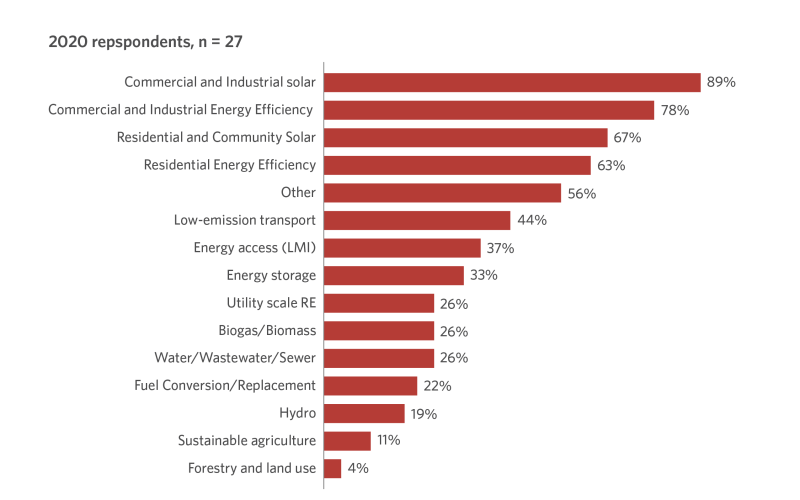As traditional avenues of climate finance come under increasing pressure, green banks are gaining prominence as essential vehicles for mobilising capital towards low-carbon and climate-resilient infrastructure.
The State of Green Banks 2025 report, released by the Climate Policy Initiative (CPI), the Natural Resources Defense Council (NRDC), the Green Finance Institute, and the Bezos Earth Fund, offers a detailed examination of over 50 public financial institutions across more than 20 countries. Of these, 36 are either headquartered in or have significant operations in emerging markets and developing economies (EMDEs), where the need for tailored climate finance solutions is particularly acute.
Green banks: A strategic response to financing barriers
Building on the foundation laid by its 2020 predecessor, the 2025 report highlights how green banks—financial institutions specifically designed to catalyse private investment into climate-aligned sectors—are evolving in response to persistent market failures. These include high perceived investment risks, information gaps, and misaligned policy environments that deter private capital flows into sustainable projects.
Key findings
- Global growth and institutional models: Green banks are expanding globally, with a notable shift in EMDEs towards embedded models, such as green finance units within national development banks, as opposed to standalone institutions more common in advanced economies.
- Taxonomy of approaches: The report categorises four core institutional types: standalone green banks, green public development banks, internal “green windows”, and country-led climate finance platforms, offering a practical framework to guide new initiatives.
- Ongoing challenges: Many green banks continue to grapple with limited access to capital, regulatory ambiguity, and internal capacity constraints. The report recommends targeted interventions including improved design, stakeholder coordination, and alignment with climate policy frameworks.
- Sustainability focus: Success hinges on financial, environmental, and political sustainability. The report introduces a unified framework for integrating these dimensions into the operational design and strategy of green banks.
Recommendations and a call to action
Drawing from broad-based consultations, the report sets out recommendations for enhancing the effectiveness of green banks. These span institutional structuring, innovative financing products, risk-sharing mechanisms, and alignment with both national development goals and global climate commitments.
A major proposal within the report is the creation of a Green Bank Accelerator, intended to support the global development of fit-for-purpose green financial institutions. Three pathways for its implementation are proposed:
- Establishing a new initiative to provide technical and financial assistance for green bank creation.
- Expanding existing platforms—such as the Finance in Common Innovation Lab—by integrating a dedicated green finance component.
- Building a global coalition of green finance initiatives to enhance knowledge exchange and coordinate international support.
To support practitioners, the accompanying Green Bank Design Guide offers comparative reference tables outlining the suitability of different institutional models across varying national contexts, along with guidance on potential support mechanisms.
As the global climate finance gap continues to widen, green banks may prove instrumental in channelling investment towards the climate goals set out in the Paris Agreement and beyond.





















